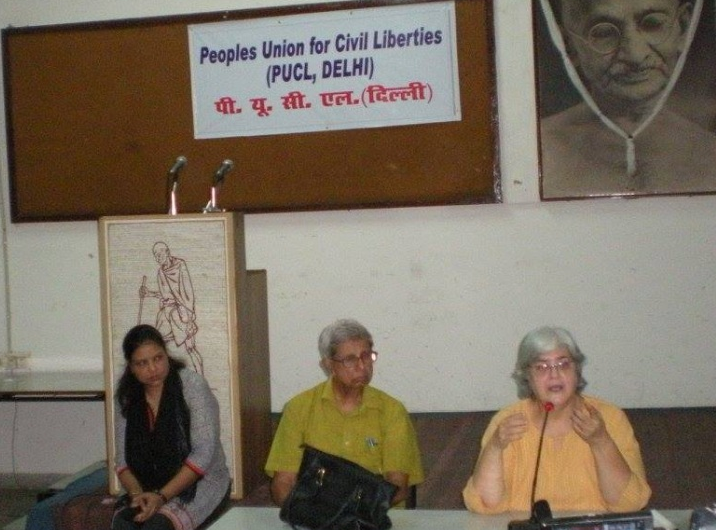Delhi 6: A Glimpse into the Heart of Old Delhi
Delhi 6: A Glimpse into the Heart of Old Delhi
Born and raised in the narrow, bustling lanes of Old Delhi, my childhood was marked by the chaotic yet beautiful essence of this historic city. The streets were always alive with the sounds of vendors, the aroma of sizzling street food, and the energy of people from all walks of life. Even today, the memories of the culinary delights of my youth are etched into my senses.
The food in Old Delhi was like nothing else. From the sweet and tangy fruit chaat, dahi papri, to the spicy, lip-smacking golgappa, every dish was a symphony of flavors. There was something magical about the food here—eaten right from the makeshift stalls along the dusty roads, surrounded by the sounds of honking rickshaws and the chatter of passersby. Hygiene was hardly a concern for the vendors, but the spices they used, passed down through generations, made every bite unforgettable. The fact that it was so imperfect—served in the heat of the moment, with the street air mixing in—only added to the charm.
And then, there were the sweets—oh, the sweets! From the rich, golden jalebis to the delicate khoya, every corner of Old Delhi had something to satisfy your sweet tooth. The variety was endless, and each vendor had their own unique twist. I could always tell when I was nearing the famous lane where the sweet shop was because the smell alone was enough to make my mouth water.
Living just a few minutes away from the grand Jama Masjid, I’d often find myself walking through the narrow alleyways that led me there. The majestic mosque stood as a silent witness to the city's daily hustle, offering a moment of peace amidst the chaos. The journey from my house to the majestic red sandstone mosque, winding through the crowded lanes, was nothing short of an adventure.
Old Delhi’s diversity was also reflected in the rich cultural fabric of its lanes. As I strolled towards Chandni Chowk, I would pass a gurudwara, a temple, a mosque, and a church—all standing in close proximity, sharing the same space and time. This coexistence of religions always fascinated me, offering a glimpse into the unity that could be found amid the cacophony of city life. Along the way, we would sometimes stop by Fatehpuri Masjid before heading to my maternal grandparents' house, which was another world altogether—quiet, serene, and nestled in the heart of the city’s most vibrant area.
In those days, getting around the city was an adventure in itself. We didn’t have the convenience of modern-day cars or taxis. Instead, we relied on cycle rickshaws or tongas—horse-drawn carts that added to the charm of Old Delhi. If you didn’t catch a ride, the alternative was to walk, and walking through those lively lanes was an experience like no other. The sheer density of people, the colors, the sounds, and the smells were overwhelming yet strangely comforting.
On weekends, my parents would take me to eat at one of the local restaurants near Lal Quila (Red Fort). It was a different experience, more formal, with tables and chairs, but it still carried the essence of Old Delhi’s vibrancy. The food was richer, the ambiance grander, but the soul of the place—the flavors, the energy—remained the same.
Old Delhi, with its contrast of the old and new, its chaos and its tranquility, has left an indelible mark on my soul. It’s not just a place; it’s a memory, a feeling that’s still alive in the streets, in the smells of street food, in the buzz of the crowd, and in the quiet sanctity of its ancient monuments. For me, Delhi 6 is more than just a location; it’s a chapter of my life that I’ll forever carry with me, no matter where I go.




















